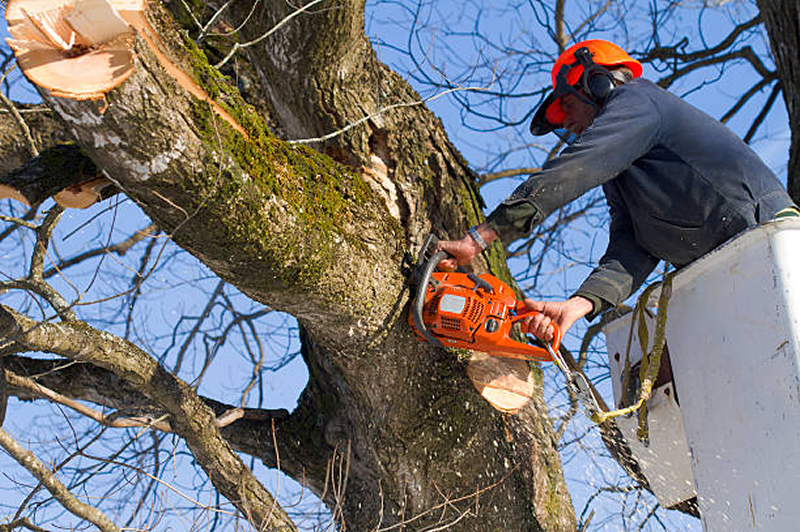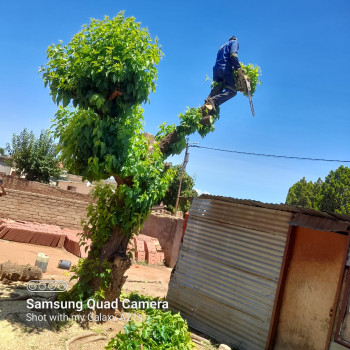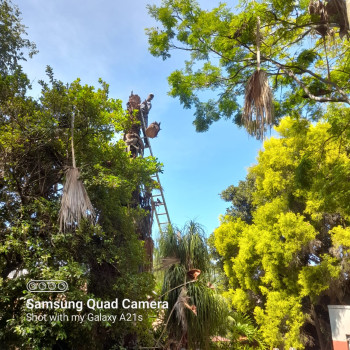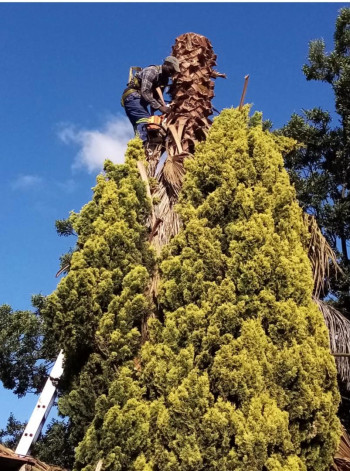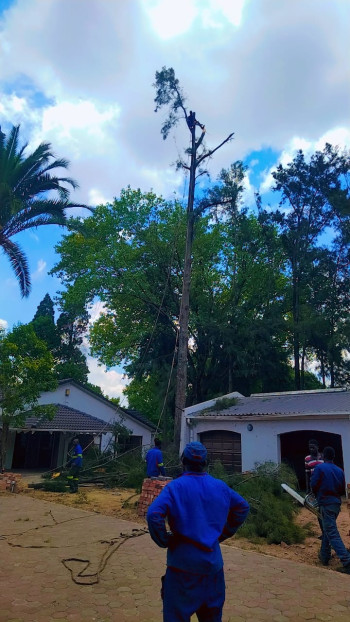The Art and Science of Tree Felling in Mountain View: A Comprehensive
Guide
In the serene landscapes of Mountain View, where
nature's beauty flourishes, the art of tree felling becomes a delicate balance
between preservation and progress. Whether it's for safety reasons, land
development, or environmental management, understanding the nuances of tree
felling is crucial. In this comprehensive guide, we delve into the techniques,
considerations, and ecological impact of tree felling in Mountain View.
### Understanding Tree Felling
Tree felling, also known as timber cutting or
logging, is the process of cutting down trees systematically. In Mountain View,
where lush greenery is abundant, tree felling is often conducted with
meticulous care to maintain ecological balance. However, it's essential to note
that tree felling should be approached with caution and respect for nature.
### Techniques for Safe and Efficient Tree Felling
1. **Assessment and Planning**: Before felling any
tree, thorough assessment and planning are imperative. Consider factors such as
tree species, size, health, surrounding environment, and potential hazards.
2. **Directional Cutting**: To ensure the tree
falls in the desired direction, directional cutting techniques are employed.
This involves strategic cuts to guide the tree's descent and minimize the risk
of damage to surrounding structures or vegetation.
3. **Proper Equipment and Tools**: Utilizing
appropriate equipment and tools is vital for safe and efficient tree felling.
Chainsaws, ropes, harnesses, and protective gear are essential for the task.
4. **Clearing the Area**: Before felling a tree,
it's crucial to clear the surrounding area of obstacles and debris to create a
safe work environment.
### Environmental Considerations
In Mountain View, preserving the natural
environment is a top priority. Therefore, tree felling must be carried out
responsibly to minimize ecological impact. Here are some key considerations:
1. **Biodiversity Conservation**: Trees provide
habitats for various wildlife species. When felling trees, efforts should be
made to preserve biodiversity by minimizing disruption to natural habitats.
2. **Reforestation Initiatives**: To offset the
loss of trees, reforestation initiatives are essential. Planting new trees
helps restore ecosystems and maintain the ecological balance in Mountain View.
3. **Erosion Prevention**: Trees play a crucial
role in preventing soil erosion. Felling trees indiscriminately can lead to
soil degradation and loss of fertile land. Implementing erosion control
measures is essential to mitigate these risks.
### Community Engagement and Regulations
Community engagement and adherence to regulations
are integral parts of responsible tree felling practices. In Mountain View,
local authorities often have regulations in place to govern tree removal and
logging activities. Engaging with the community and obtaining necessary permits
ensures transparency and accountability.
### The Future of Tree Felling in Mountain View
As Mountain View continues to evolve, the future of
tree felling lies in sustainable practices and innovation. Embracing
technology, such as drone surveys and remote sensing, can enhance efficiency
and minimize environmental impact. Additionally, promoting community
involvement and education fosters a deeper appreciation for the importance of
trees in the local ecosystem.
### Conclusion
Tree felling in Mountain View is not merely a task
but a responsibility to preserve and protect the natural environment. By
employing safe and sustainable practices, respecting ecological considerations,
and fostering community engagement, tree felling can coexist harmoniously with
the city's natural beauty. With careful planning and collaboration, Mountain
View can continue to thrive while maintaining its green heritage for
generations to come.
